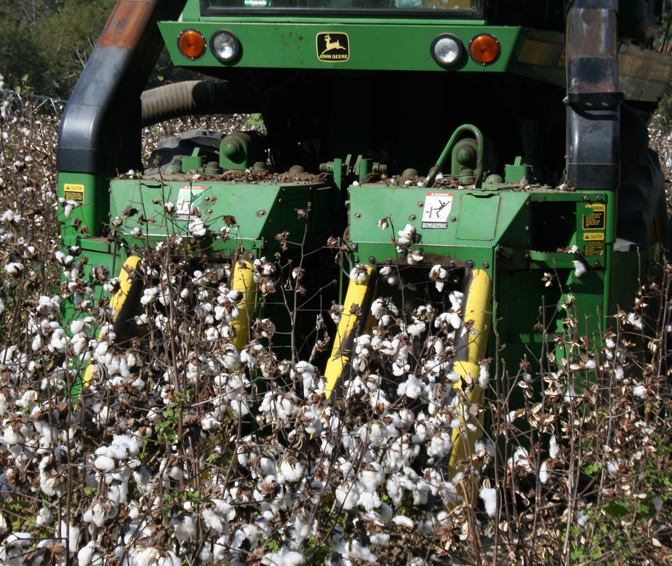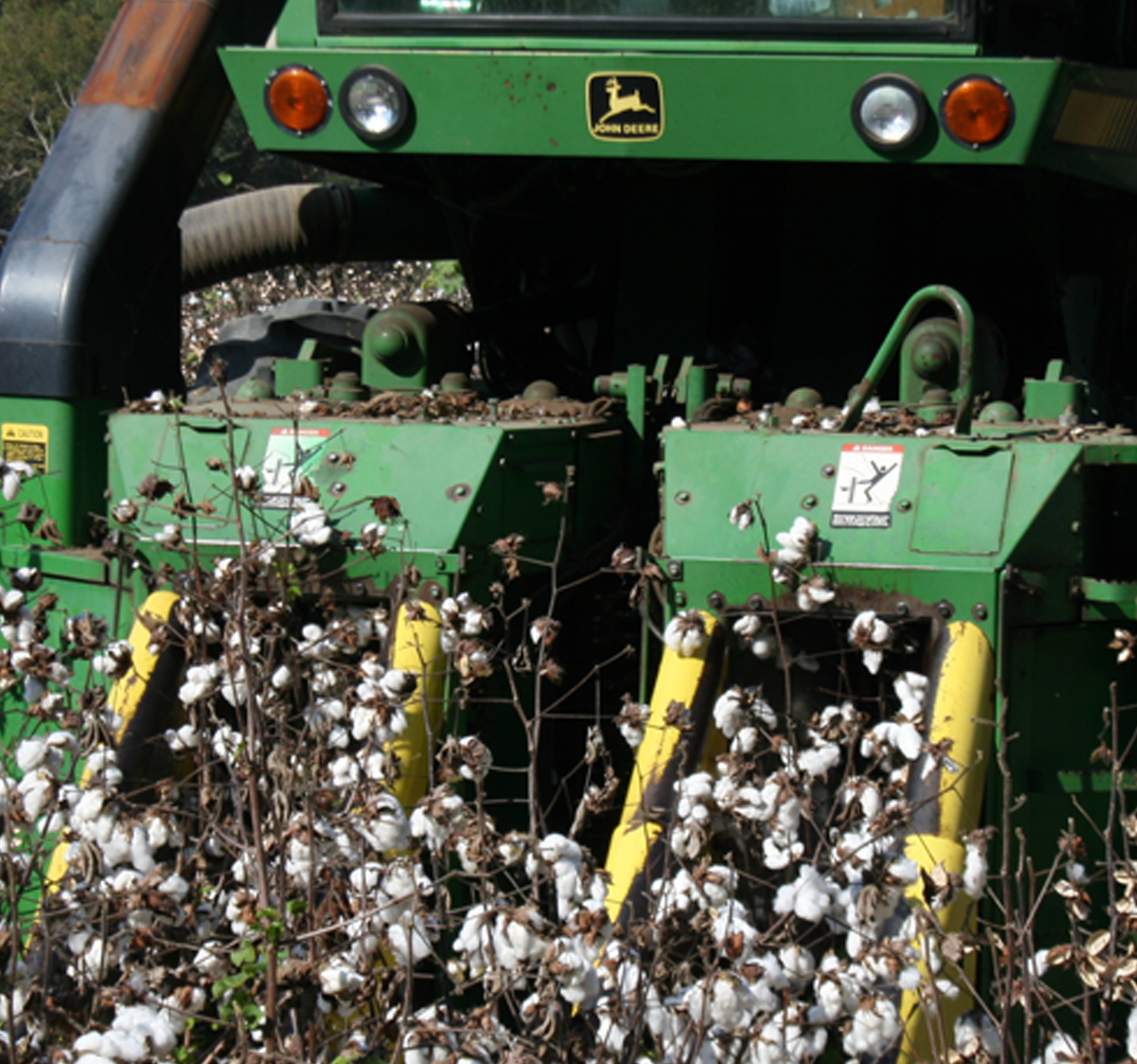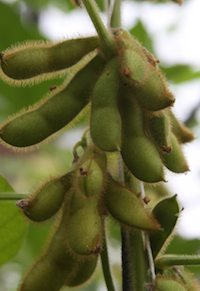Georgia farmers can no longer bank on subsidized payments from the federal government.
Due to the new farm bill, which passed the Senate on Tuesday, the farm subsidies that are issued annually to producers around the country have been eliminated, including counter-cyclical payments. Both were part of a safety net that protected farmers’ income.
Don Shurley, ag economist with the University of Georgia, believes this was a financial but expected blow to farmers.
“They’re not going to like it in the sense that it appears there’s probably going to be less money coming in, but I think most farmers know the reality and were expecting this,” Shurley said. “I think they understand the reasons for it and are OK with it.”
Direct payments were classified as decoupled — payments farmers received that weren’t tied to market prices or the farm’s actual production. Counter-cyclical payments depended on the market and were received only if prices dropped below certain levels. This safety net of direct and counter-cyclical payments has been in effect since the 2002 farm bill.
The amount of the direct payment issued to farmers varied with commodities and was calculated based on historical acres and yields.
“A farm with a 3,000-pound payment yield for peanuts would have had a higher direct payment than with a 2,500-pound payment yield,” said Nathan Smith, ag economist at the UGA Tifton campus. “Same thing with corn, and same thing with cotton. They all worked the same. But most of that money was probably going into land rent, if they didn’t own the land.”
Land rent is another facet of agriculture that could be affected from the impending farm bill. As Shurley points out, land rent has inflated over the past decade. He believes land rent increased as a result of the direct payments.
“Landowners upped the rent to try to capture some, if not all, of that direct payment. So, it’s questionable if the farmer ever saw the money anyway,” Shurley said.
With not as much money coming into farmers’ future incomes, will land rent remain inflated? Shurley and Smith believe so.
“I think farmers will realize that there’s less money coming in, and they may go out and try to farm even more acres now than they did before to make up for the difference,” Shurley said. “That competition will keep land rent up.” Smith said, “Lets just say the direct payment was $45 per acre. Will we see land rents come down $45 per acre? No, it might come down some, but they’re not going to come down $45 per acre.”
Eliminating these payments was a necessary provision in this year’s farm bill, Senator Debbie Stabenow, chairwoman of the Senate Agriculture Committee, said in an interview with the New York Times.
“Instead of getting a government check even in good times, farmers will pay an insurance bill every year and will only receive support from that insurance in years when they take a loss,” Stabenow said.
Another major change in the farm bill is a reduction of the Supplemental Nutrition Assistance Program. The bill is expected to reduce food stamps by $8 billion over the next decade. For an estimated 850,000 recipients, food stamp payments will be $90 less per month.
“Everybody across the board took a cut. The farmers took cuts. Conservation took a cut, food stamps, or the SNAP program, took a cut,” Shurley said. “There’s not nearly as much money going into anything as there was under the old farm bill.”
The Agricultural Act of 2014 now awaits President Barack Obama’s signature.




.jpg)





